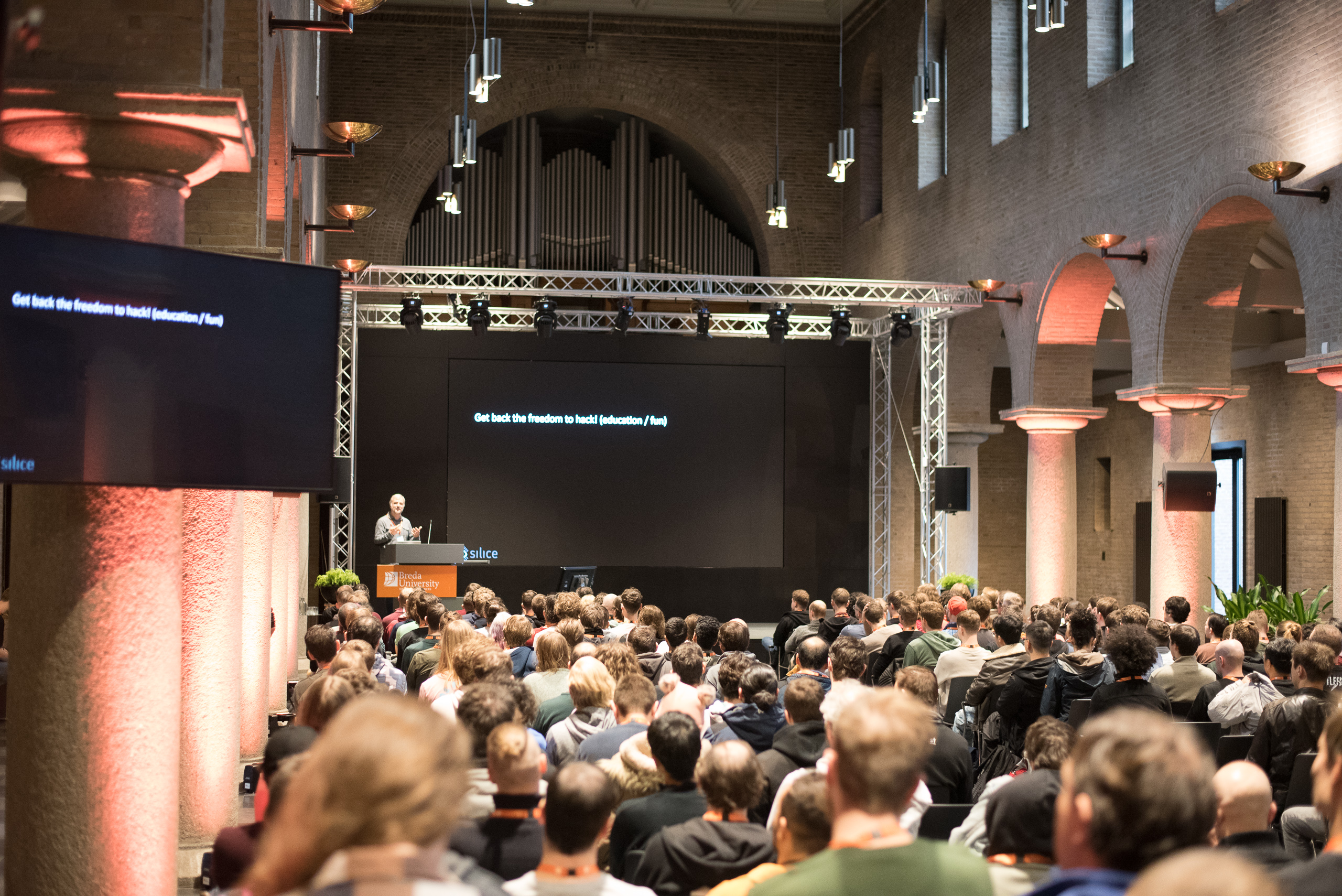Graphics Programming Conference

A new, international conference for real-time and interactive graphics programming.
2025 is in the bag!
Thanks to everyone for coming to GPC and making it a success. We'll be back!

Thanks to everyone for coming to GPC and making it a success. We'll be back!